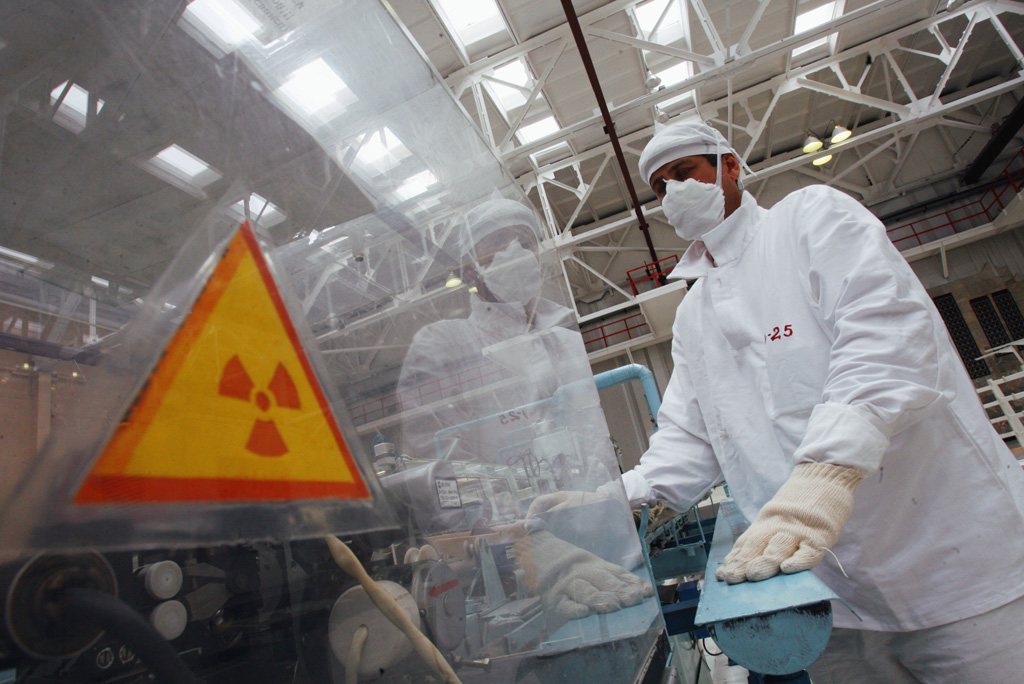Muon particles may help detect missing nuclear fuel at Fukushima site
09/09/2015 / By Greg White

One of the biggest problems facing experts at the Fukushima Daicchi power plant is pinpointing the location of the melted nuclear reactor fuel. Researchers now believe that muons, tiny subatomic particles 200 times heavier than electrons, may be able to shed light on the abyss.(1)
The tsunami that struck the nuclear power plant more than four years ago prevented all three reactors from cooling. Consequently, uranium fuel inside the reactors melted through the reactor cores. Toxic levels of radiation prohibit engineers from searching for the fuel. Even remote control robots have been unable to withstand the radiation levels when probing for the fuel inside the nuclear reactors.
Despite these failed efforts, scientists believe that muons may be able to help pinpoint the location of the melted fuel. Muons are forged when particles from outer space collide with Earth’s upper atmosphere. The particles rain from the sky, where they then become part of the “normal” radiation we’re exposed to each day.(2)
What makes muons special is that they easily pass through most forms of matter, excluding dense elements like uranium — the same element that makes up the missing melted fuel inside the reactors.(2)
By using a particle detector, scientist can create images similar to X-rays that track the path of muons as they pass through the reactors, thereby revealing where the missing fuel is located.
Challenges still remain at the Fukushima site, however. One problem is figuring out how researchers could install the particle detectors near the reactors without being exposed to the radiation.
In addition, the technology necessary to detect muons has yet to be fully developed. A particle detector developed by the tech giant Toshiba ended in a flop in a recent presentation, after a programming glitch prevented the machine from displaying images of muons.(3)
In the long run, muons are proving just as difficult to detect as the missing nuclear reactor fuel.
Sources include:
(1) CTP.Berkeley.edu
(3) RT.com
Tagged Under: missing nuclear fuel, muon particle imaging, nuclear reactor cores, radiation, radioactive wate


















